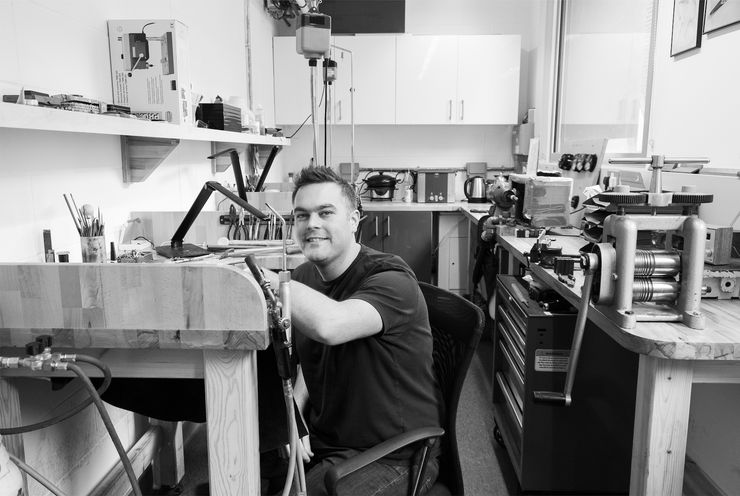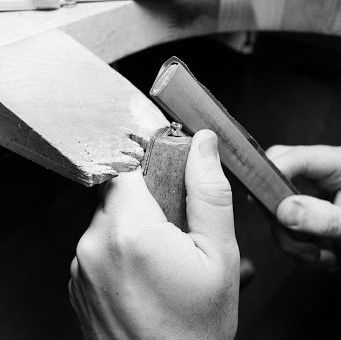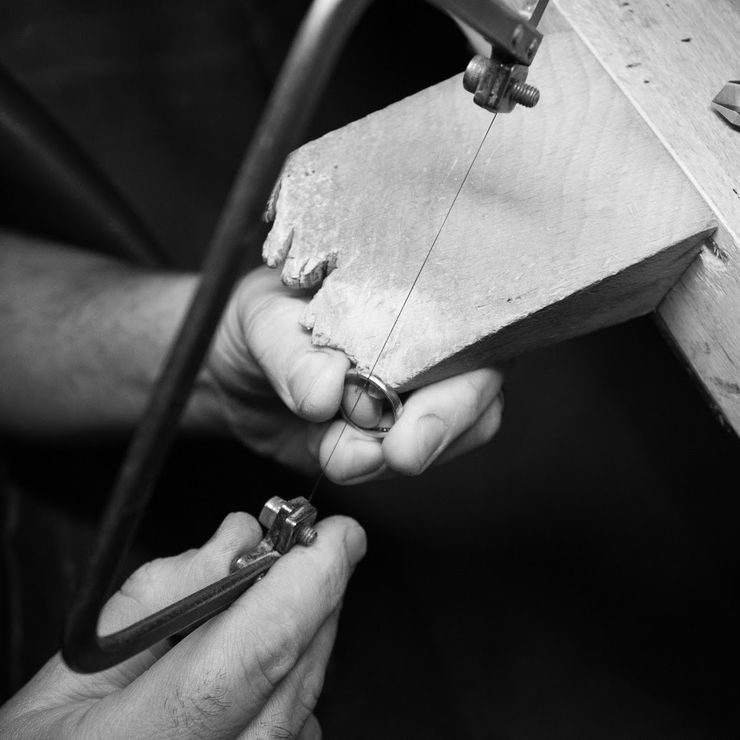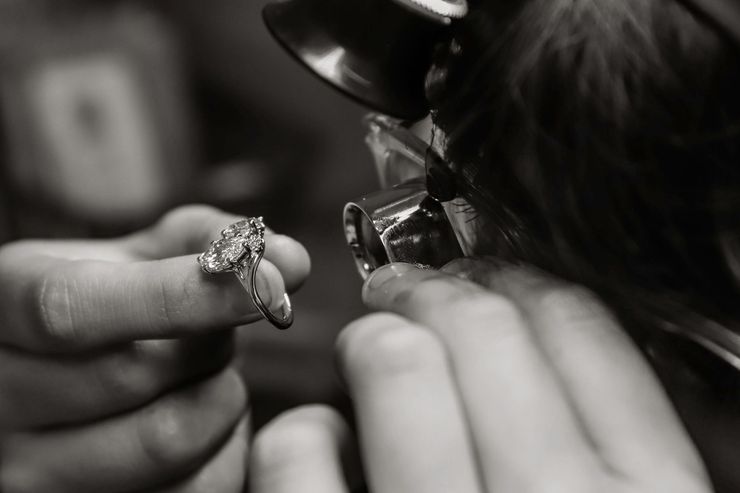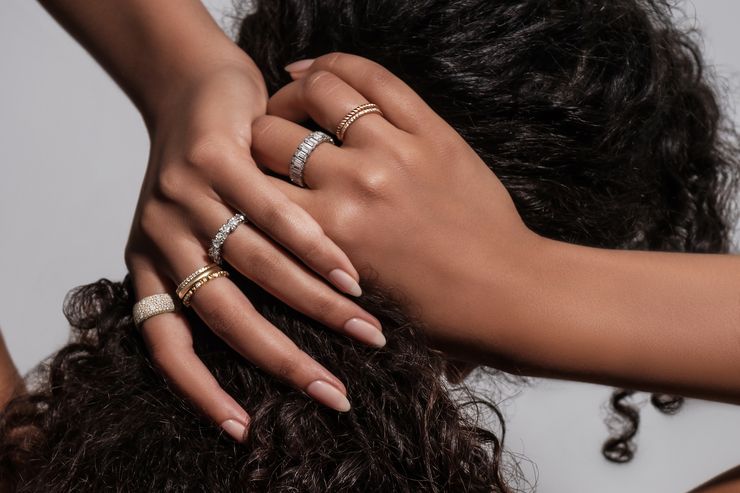Where are you from?
Paul: I’m from Bexley in Kent, but I’ve been in and around London for most of my life.
How did you get your start in jewellery?
P: It was through an apprenticeship after leaving school at 16. I did some research, and managed to find someone that was willing to take a chance on me in London. The business was called Clive Burr in Clerkenwell, a stone’s throw from Hatton Garden. I completed a five year apprenticeship overseen by the Goldsmiths’ Company. Quite a few of the apprentices within the trade go through the fall indentured scheme, which is very traditional. The scheme dates back about six hundred years.
That’s quite a big endeavour for a 16 year old to embark on.
When you were thinking about options, was jewellery the only choice?
P: I was always interested in metal work. At school, I was drawn to art and design and wanted to do something more practical that involved making. I stumbled across some college courses and spoke to a few people before deciding to do an apprenticeship.

